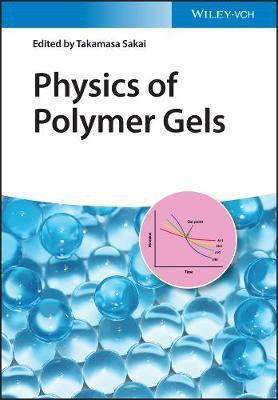Physics of Polymer Gels(English, Hardcover, unknown)
Quick Overview
Product Price Comparison
Explains the correlation between the physical properties and structure of polymer gels This book elucidates in detail the physics of polymer gels and reviews their unique properties that make them attractive for innumerable applications. Geared towards experienced researchers and entrants to the field, it covers rubber elasticity, swelling and shrinking, deformation and fracture of as well as mass transport in polymer gels, enabling the readers to purposefully design polymer gels fit for specific purposes. Divided into two parts, Physics of Polymer Gels starts by explaining the statistical mechanics and scaling of a polymer chains, and that of polymer solutions. It then introduces the structure of polymer gels and explains the rubber elasticity, which predicts the solid-like nature of polymer gels. Next, it describes swelling/deswelling, which can be understood by combining the rubber elasticity and the osmotic pressure of a polymer solution. Large deformation and fracture, and the diffusion of substances in polymer gels, which are essential for practical applications, are also introduced. The last half of the book contains the authors' experimental results using Tetra-PEG gels and provides readers with the opportunity to examine and compare it with the first half in order to understand how to utilize the models to experiments. This title: * Is the first book dedicated to the physics of polymer gels * Describes in detail the properties of polymer gels and their underlying physics, facilitating the development of novel, polymer gel-based applications * Serves as a reference for all relevant polymer gel properties and their underlying physics * Provides a unified treatment of the subject, explaining the physical properties of polymer gels within a common nomenclature framework Physics of Polymer Gels is a must-have book for experienced researchers, such as polymer chemists, materials scientists, organic chemists, physical chemists, and solid-state physicists, as well as for newcomers to the field.


